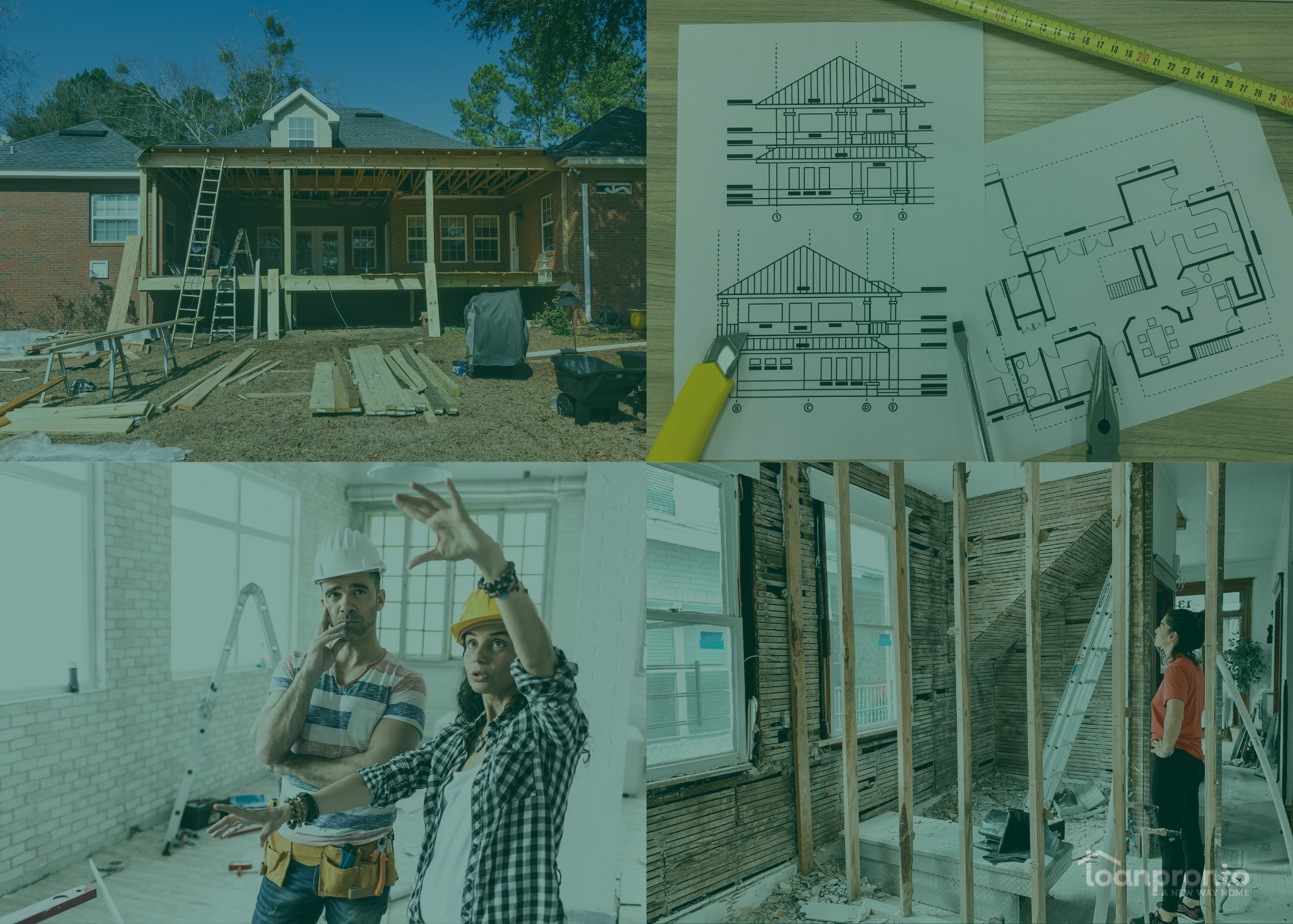Key Takeaways
- Pre-qualification is an estimate, based on self-reported financial information, and does not involve a credit check.
-
Pre-approval is a formal process, requiring financial documentation and a credit check, giving you a specific loan amount.
-
A pre-approval letter strengthens your offer, making you a more competitive buyer in a fast-moving housing market.
-
Pre-approval typically lasts 60-90 days, after which you may need to update your financial information.
-
Getting pre-approved before house hunting saves time, helping you secure a home faster and avoid losing out to other buyers.
The mortgage and real estate process is filled with industry-specific terminology that can be confusing, especially for first-time homebuyers. One of the most common areas of confusion is understanding the difference between pre-qualification and pre-approval. While both are steps toward securing a mortgage, they serve different purposes and carry different weight in the homebuying process.
Before you start shopping for a home, it’s essential to know how these two steps differ and why getting pre-approved can give you a competitive advantage. Let’s break it down.
What Is Pre-Qualification?
A pre-qualification is the first step in the mortgage process, offering an estimate of how much you might be able to borrow. This process is typically quick and informal, often completed online or over the phone. The lender asks for basic financial details, such as your income, debts, assets, and estimated credit score.
However, a pre-qualification is not a guarantee of loan approval. The lender does not verify any of the information provided, meaning the numbers are only rough estimates. While pre-qualification can give you a general idea of your budget, it doesn’t hold much weight with sellers or real estate agents.
Key Features of Pre-Qualification
- Quick process—often completed in minutes.
- No credit check or verification of financial details.
- Gives an estimate of your loan eligibility.
- Not a commitment from the lender—loan approval is not guaranteed.
What Is Pre-Approval?
A pre-approval is a much stronger step in the mortgage process. Unlike pre-qualification, pre-approval requires lenders to verify your financial information, including your credit score, employment history, and debt-to-income ratio. Once approved, you receive a pre-approval letter, which confirms how much you can borrow and signals to sellers that you are a serious buyer.
With a pre-approval in hand, you can confidently shop for homes within your price range, knowing you’ve already been vetted by a lender. This step can also speed up the closing process, since much of the financial review has already been completed.
Key Features of Pre-Approval
- Requires documentation of income, assets, and credit history.
- Includes a credit check and financial verification.
- Provides a specific loan amount based on lender approval.
- Stronger negotiating power when making an offer on a home.
- Typically valid for 60 to 90 days.
Why Pre-Approval Matters in a Competitive Market
While you don’t need pre-approval before house hunting, waiting too long can put you at a disadvantage—especially in a competitive market. Many homes receive multiple offers, and sellers prefer buyers who have already secured financing. If a seller must choose between an offer from a pre-approved buyer and one from a buyer who still needs to arrange financing, the pre-approved buyer has a clear advantage.
Benefits of Getting Pre-Approved Before House Hunting
- Stronger offers: Sellers take pre-approved buyers more seriously.
- Faster closing: The underwriting process is already underway.
- Accurate budgeting: Know exactly what you can afford before making an offer.
- Avoid disappointment: Prevent falling in love with a home that is out of your financial reach.
How to Get Pre-Approved for a Mortgage
The pre-approval process involves a thorough review of your financial history. To get started, you’ll need to gather and submit key documents to your lender.
Documents Needed for Pre-Approval
Debt Information – Details on existing debts, including student loans, car loans, and credit card balances.
Proof of Income – W-2 forms, pay stubs, and tax returns for the past two years.
Bank Statements – Statements from checking, savings, and investment accounts.
Credit Report – The lender will pull your credit history and score.
Employment Verification – Proof of steady employment, such as employer contact details or self-employment records.
Once the lender reviews these documents, they will determine the loan amount you qualify for and issue a pre-approval letter. This letter is valid for 60 to 90 days, so you’ll need to complete your home search within that timeframe or request an extension.
Common Pre-Approval Mistakes to Avoid
While getting pre-approved is a crucial step, certain mistakes can derail the process. Avoid these pitfalls to keep your mortgage approval on track.
1. Making Big Purchases Before Closing
Lenders evaluate your debt-to-income (DTI) ratio during pre-approval. Large purchases, such as buying a new car or financing furniture, can increase your debt load and lower your loan eligibility. Wait until after closing before making major financial moves.
2. Changing Jobs or Income Sources
A stable employment history is important for mortgage approval. Changing jobs or switching from a salaried position to self-employment can raise red flags for lenders. If possible, avoid career changes until after closing.
3. Opening New Credit Accounts
Applying for new credit cards or loans can temporarily lower your credit score, which may impact your mortgage terms. Lenders will perform a final credit check before closing, so avoid any new credit inquiries.
4. Not Shopping Around for Lenders
Mortgage rates and terms vary by lender. Getting quotes from multiple lenders can help you find the best interest rates and save thousands over the life of your loan.
Start Your Homebuying Journey with Confidence
Now that you understand the difference between pre-qualification and pre-approval, you can take the right steps toward securing your mortgage.
Next Steps
- Use our free mortgage calculator to estimate your monthly payments.
- Get a free rate quote to compare loan options.
- Apply for pre-approval today and start house hunting with confidence.
By preparing in advance and securing pre-approval, you can navigate the homebuying process smoothly and improve your chances of landing the perfect home.
FAQs: Pre-Qualification vs. Pre-Approval
No SSN required. Zero impact to credit. Your Information is never sold.



